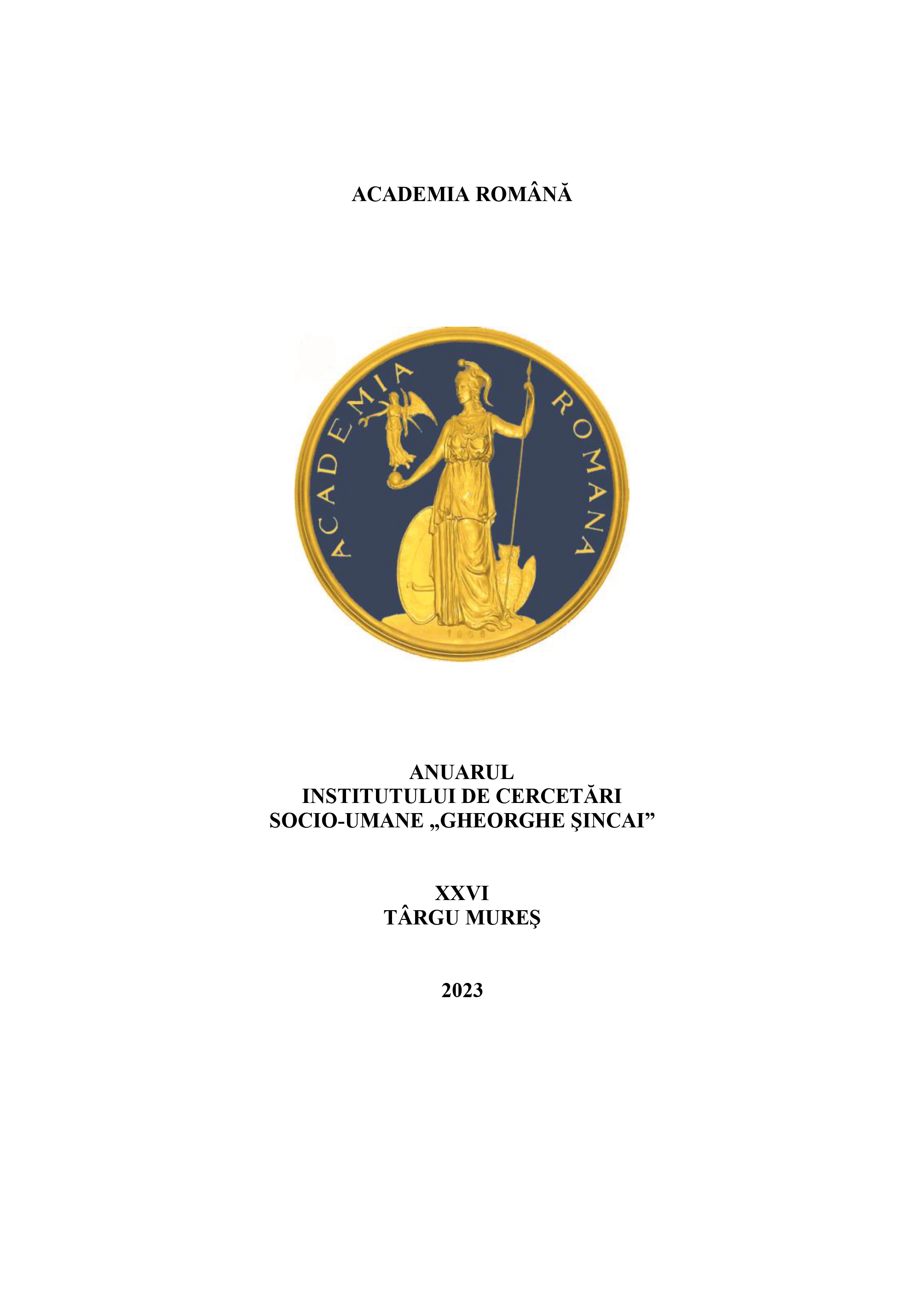CREATIVE TASTES: SHARING FLAVORED MENUS, GOSSIP AND NEWS IN AMERICAN CORRESPONDENTS’ JOURNEYS TO AND FROM ROMANIA BETWEEN THE GREAT WARS
CREATIVE TASTES: SHARING FLAVORED MENUS, GOSSIP AND NEWS IN AMERICAN CORRESPONDENTS’ JOURNEYS TO AND FROM ROMANIA BETWEEN THE GREAT WARS
Author(s): Carmen AndraşSubject(s): Cultural history, Diplomatic history, Political history, Social history, Interwar Period (1920 - 1939)
Published by: Institutul de Cercetări Socio-Umane Gheorghe Şincai al Academiei Române
Keywords: American war correspondents; Romanian-American cultural relations; Bucharest; interwar Romania; World War II; food; commensality;
Summary/Abstract: The present study focuses on the significance and importance of gastronomy, food preparation, raw material, commensality in the heterotopian public spaces of restaurants, for the accuracy and diversity of American correspondents reports of their journeys in a war thorn Europe, Romania included. Food and commensality occupied an important place in the American correspondents’ descriptions of the restaurants where they met and shared delicious meals mostly before war divided society and made cohabitation impossible. With the progress of war, menus and culinary tastes lost their role in the cohesion of the people sharing flavored dishes. Tastes, memories and history were intertwined in lively heterotopias. Society lost its peaceful homogeneity, and people sitting at restaurant tables were divided ethnically, politically, economically and professionally. Instead of tasting and enjoying food, the war correspondents paid attention to external intercourses between the restaurant clientele. They turned to the materiality and political aspects of sharing the same place, while the aesthetic value of gastronomy lost its importance. Covetous politicians, officers, businessmen or diplomats replaced the bon vivant and the gourmands. This turn of attitude toward gastronomic art was very closely reflected in Bucharest’s elegant restaurants like the Athenée Palace dining room, as well as in Cina’s or Capșa’s. The study focuses on interwar Bucharest’s exclusive restaurants, frequented not only by foreign officials and journalists, but also by the Romanian high society, politicians, diplomats, officers or decaying aristocrats. Generally, they were go-getters, who wanted to identify the most profitable political tendencies and afforded these fancy public spaces. The study thus highlights the importance of Romanian-American identity and cultural negotiations, which took place instead of temporary conflicting interactions between different ethnic, cultural, political and military categories of the European society.
Journal: Anuarul Institutului de Cercetări Socio-Umane »Gheorghe Şincai« al Academiei Române
- Issue Year: 26/2023
- Issue No: 26
- Page Range: 141-162
- Page Count: 22
- Language: English

